
Privacy statement: Your privacy is very important to Us. Our company promises not to disclose your personal information to any external company with out your explicit permission.
In the world of modern manufacturing, CNC (Computer Numerical Control) turning plays a pivotal role in producing precision parts and components. Whether you're a seasoned machinist or new to the field, understanding the basics of CNC turning and CNC turning center basics is essential. In this article, we will dive into the fundamental principles of CNC turning, explain how the process works, and explore the importance of CNC Turning Centers in modern manufacturing. By the end, you'll have a clear understanding of CNC turning explained and why it’s a cornerstone in precision machining.
At its core, CNC turning is a machining process where a workpiece is rotated while a cutting tool removes material to create the desired shape. This process is automated through a CNC turning center, which is controlled by pre-programmed computer software. The precision and automation of CNC turning make it ideal for creating cylindrical or symmetrical parts with tight tolerances.
To fully grasp CNC turning explained, it’s essential to understand the steps involved in the process. Here’s a breakdown of how CNC turning works:
The process begins by loading the raw material, known as a workpiece, into the CNC turning center. The workpiece is typically cylindrical and is clamped into place on a spindle.
Once secured, the spindle rotates the workpiece at high speeds. The rotation speed depends on the material being machined and the specific requirements of the part.
As the workpiece spins, the cutting tool moves along precise axes (usually X and Z axes). This controlled movement allows the tool to remove material from the workpiece, shaping it into the desired geometry. The cutting tool can perform various operations, such as facing, grooving, and threading.
During the cutting process, the tool gradually removes material from the workpiece, creating chips. These chips are removed from the cutting area, allowing for continuous operation without obstruction.
Once the material is removed to the required dimensions, the workpiece is finished. The final part is then removed from the CNC turning center, often requiring little to no post-processing.
A CNC turning center is a high-tech machine tool used to perform CNC turning operations. Unlike manual lathes, which require a skilled operator to manually control the cutting tool, CNC turning centers are fully automated. They use sophisticated software and motors to precisely control the movement of the cutting tool and the rotation of the workpiece.
To understand CNC turning and CNC turning center basics, let’s explore the essential components and features that make these machines so effective:
The CNC control unit is the brain of the machine. It is responsible for executing pre-programmed instructions to control the movement of the spindle and cutting tool. The control unit ensures that each cut is made with pinpoint accuracy, reducing the need for manual adjustments.
CNC turning centers use a variety of cutting tools, each designed for specific machining operations. These tools include turning inserts, drills, and threading tools, allowing the machine to perform multiple operations in one setup.
The spindle is responsible for holding and rotating the workpiece. The spindle speed can be adjusted depending on the material and the desired finish, making it a crucial component in achieving high-quality parts.
In CNC turning, the tailstock is used to support longer workpieces during machining. This prevents deflection and ensures that the workpiece remains securely in place, even during high-speed operations.
During the turning process, material is removed from the workpiece in the form of chips. CNC turning centers are equipped with chip management systems that efficiently remove these chips from the cutting area to prevent interference with the machining process.
The versatility and precision of CNC turning make it suitable for a wide range of applications across various industries. Whether it's aerospace, automotive, or medical devices, CNC turning plays a critical role in manufacturing high-quality parts. Here are some common applications:
Now that we’ve covered CNC turning explained, it’s important to understand why this process is critical in modern manufacturing. CNC turning offers several advantages over traditional manual turning methods, making it the go-to solution for producing high-quality parts efficiently.
CNC turning centers are incredibly accurate, capable of maintaining tight tolerances with minimal variation. This level of precision is essential for industries where even the smallest errors can lead to significant problems.
With the use of automation and advanced control systems, CNC turning can be performed at high speeds, significantly reducing production time. Additionally, the ability to automate tool changes further increases the machine’s efficiency.
One of the biggest advantages of CNC turning is the consistency it offers. Once a program is set up, the machine can repeatedly produce identical parts without any deviation, ensuring quality across large production runs.
Although CNC turning centers require an initial investment, their efficiency, precision, and reduced waste make them cost-effective in the long run. The automation of the process also reduces the need for manual labor, further lowering production costs.
Selecting the right CNC turning center for your operation depends on several factors. Here are some considerations to keep in mind:
October 29, 2024
October 28, 2024
Email to this supplier
October 29, 2024
October 28, 2024


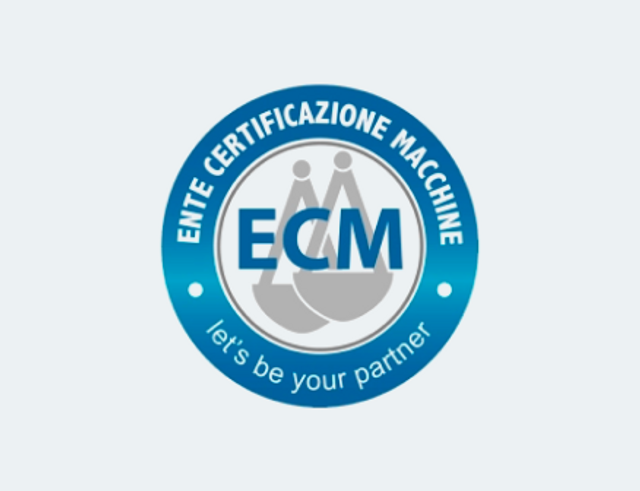



Explore our Extensive Range of Precision Metalworking Machine Tools. Discover the Power of Precision and Innovation in Metal and Material Processing with Weiss
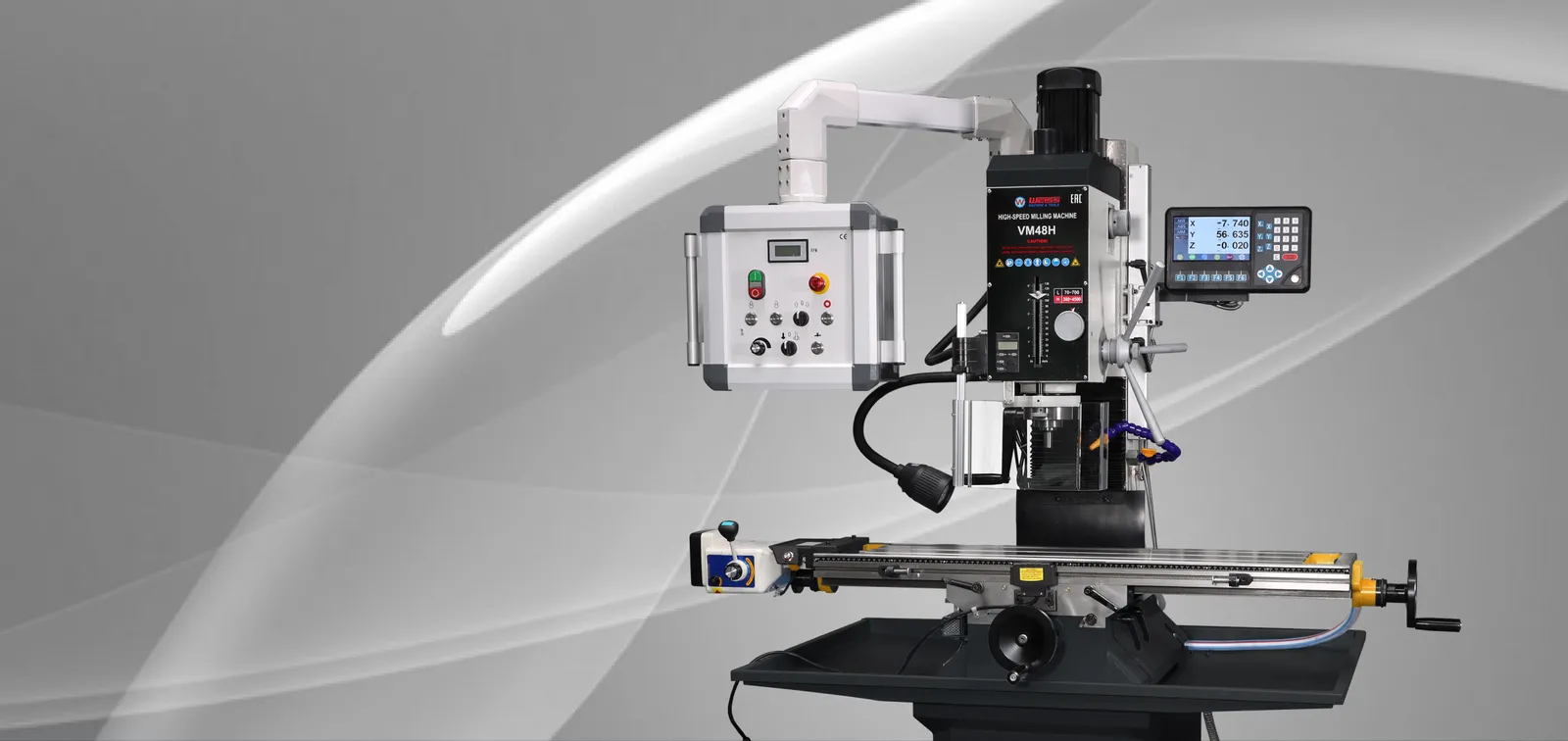
Heavy, stable and solid column,
made of high-quality gray cast iron, with ground and scraped dovetail guide,
for high stability and precision
View More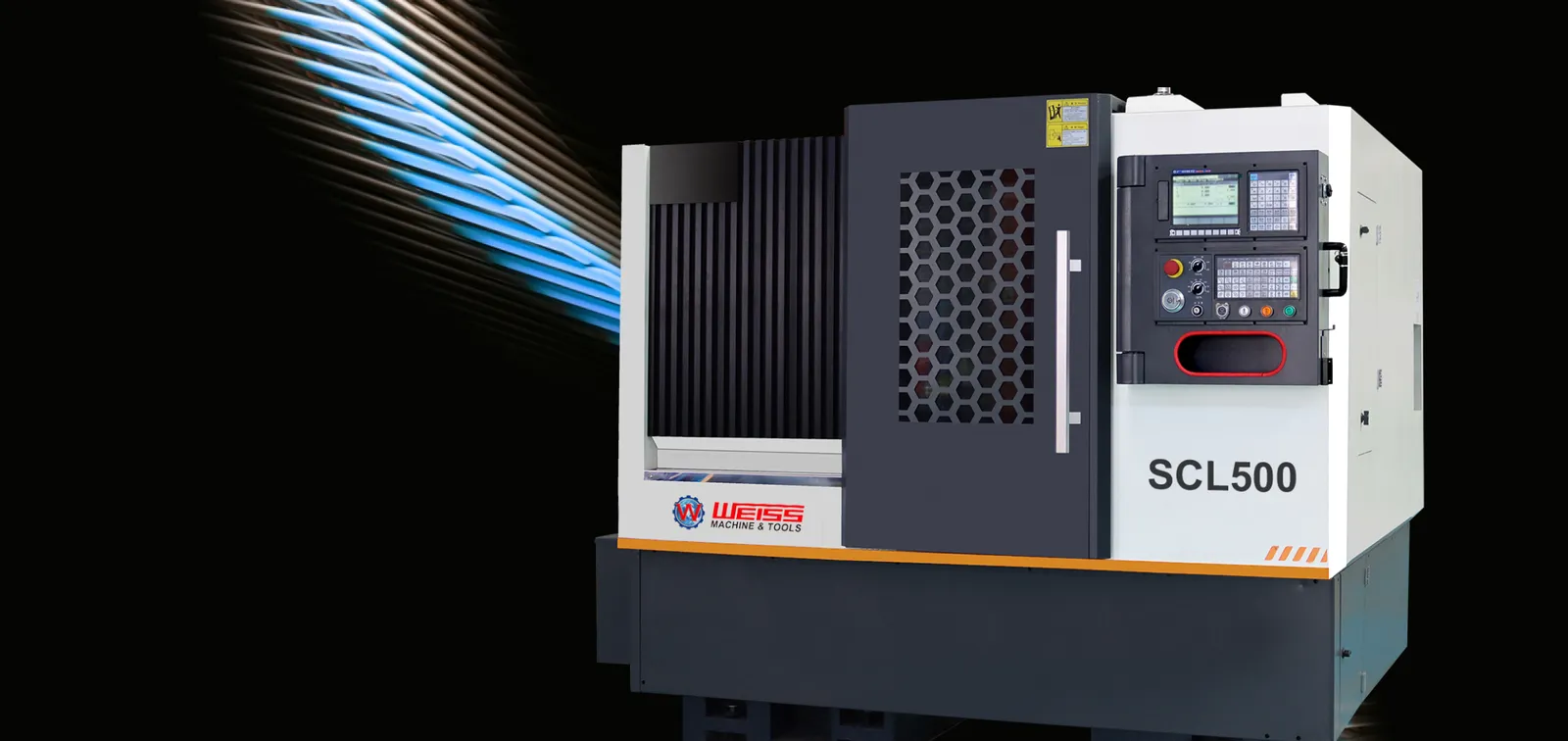
Slant bed and linear guide way CNC lathe.
High speed, High precision, High reliability
View More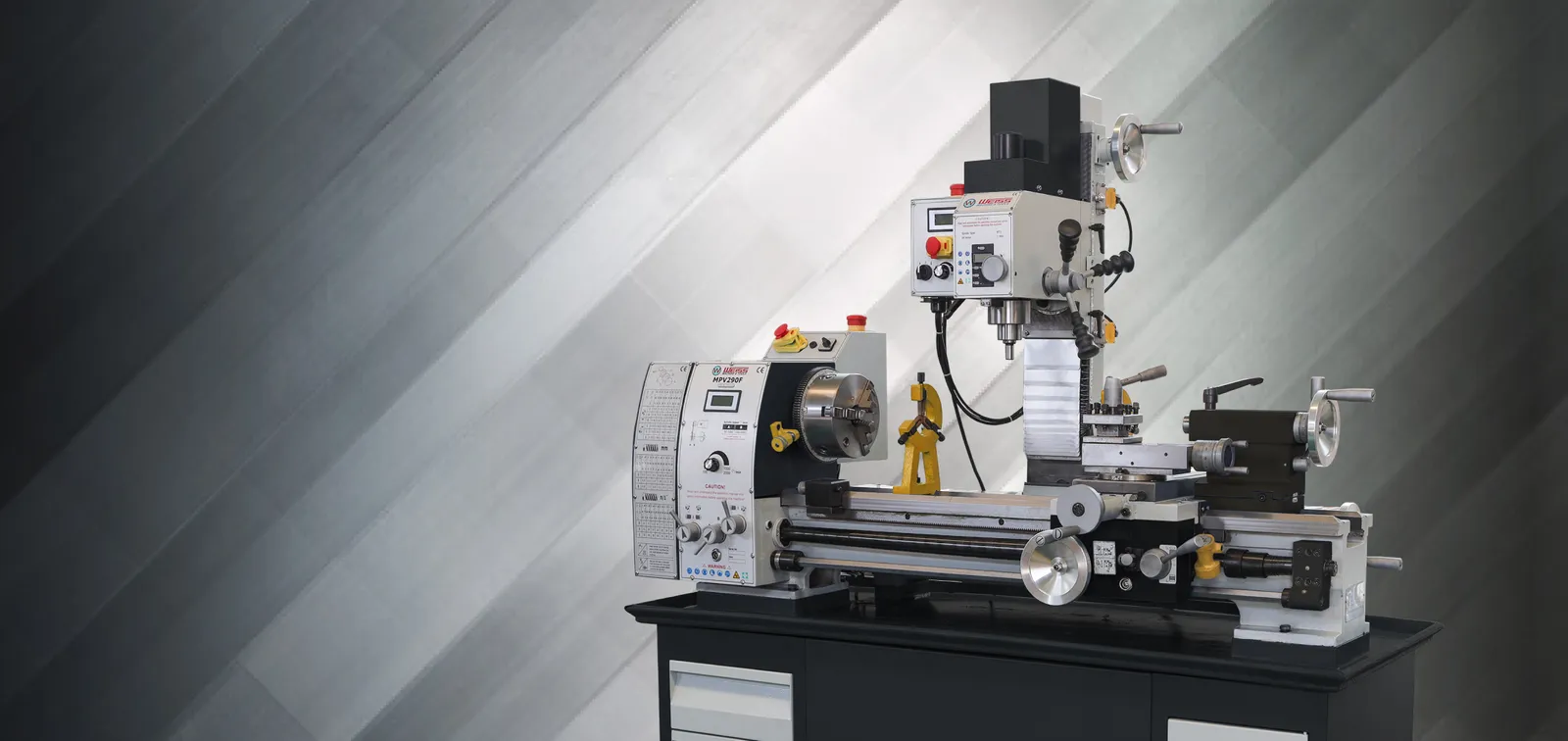
Prouduct quality and reliability Competitive pricing
Product innovatio and cariety
View MoreWEISS MACHINERY CO., LTD. to be your trusted partner for metalworking machine tools. We have a wide range of milling machines , tapping machines, and accessories that meet the highest standards of quality, performance, and reliability. Our machines have brushless motors that ensure low maintenance and high efficiency. We also offer online sales, international delivery, secure payment, professional advice, and 20 years of experience. Weiss, make it easy!
View MoreCompany Establishment
Countries&Regions with Product Sales
Factory Area
Product Varieties

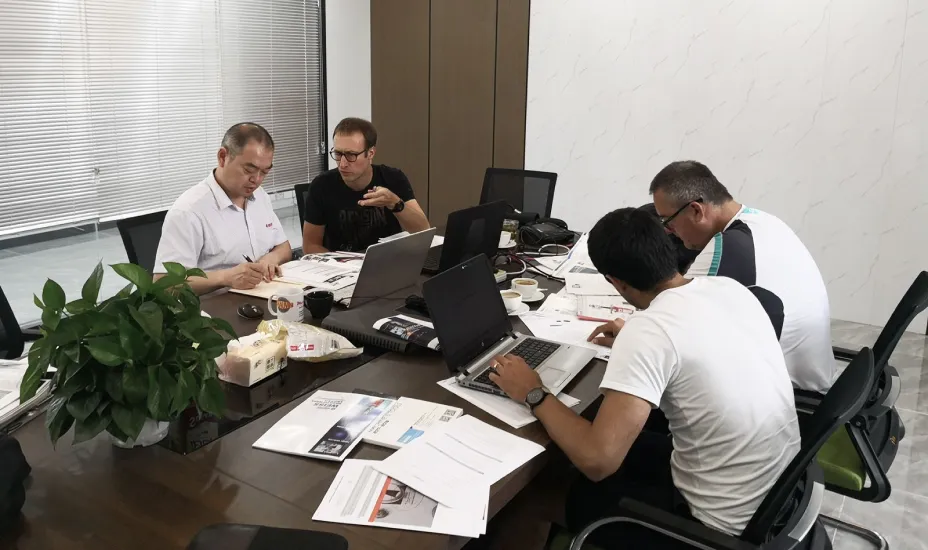
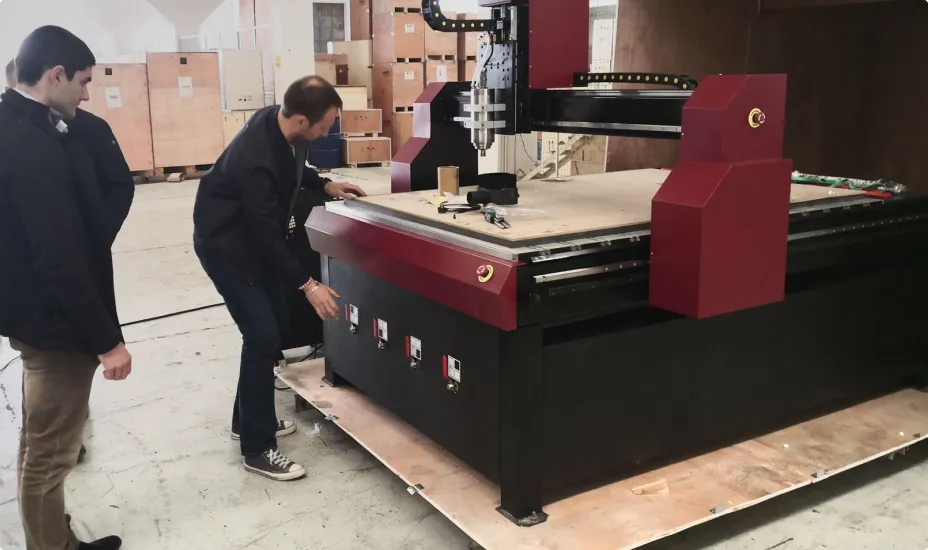
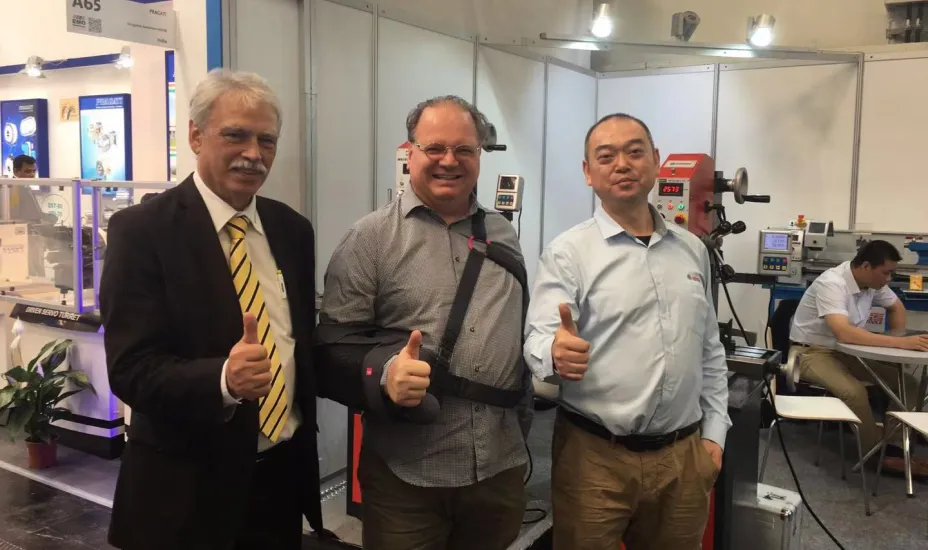
We have been extremely impressed with the quality and performance of the electronic milling machine we purchased from your company. It has greatly enhanced our production capabilities and consistently delivers exceptional results.
MA***N
Your Trusted Partner for Comprehensive Machine Tool Solutions.

Privacy statement: Your privacy is very important to Us. Our company promises not to disclose your personal information to any external company with out your explicit permission.

Fill in more information so that we can get in touch with you faster
Privacy statement: Your privacy is very important to Us. Our company promises not to disclose your personal information to any external company with out your explicit permission.